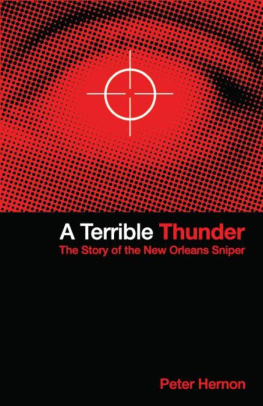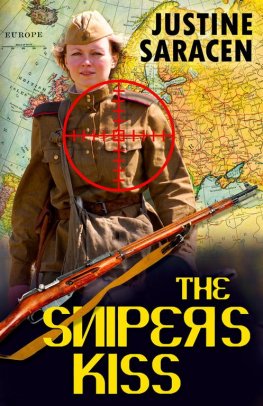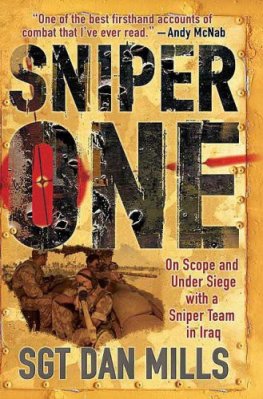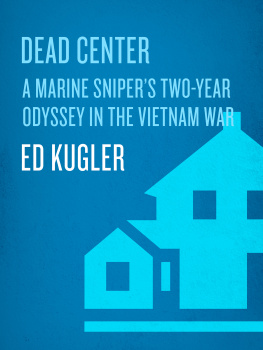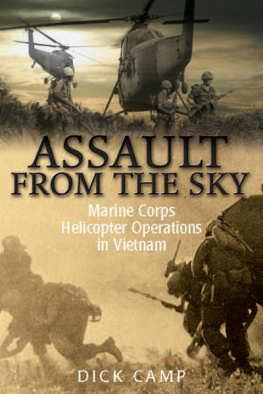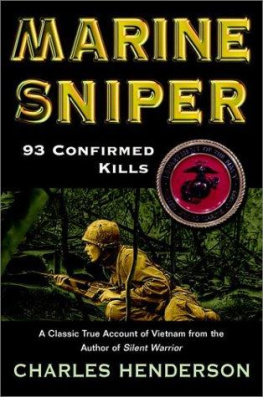Peter Hernon lives near Chicago with his wife, Janice, and two daughters. An editor for the Chicago Tribune, he has written five books and was co-author of a bestselling look at the Anheuser-Busch dynasty: Under theInfluence. He worked as a journalist in New Orleans.
ACKNOWLEDGEMENTS
I would like to thank Mr. Clarence Giarrusso, Superintendent of the New Orleans Police Department. Without his full support from the outset, my task would have been immeasurably EMG harder, and in view of the painful memories rekindled by my research and questions, his co-operation can only be called remarkable. I also want to thank Mr. Kent Prince of the Associated Press, who smoothed many rough edges in the manuscript, and, finally, Mr. Heinrich Shultz of the University of Chicago, whose guidance in style, structure, and usage will never be forgotten and never adequately repaid.
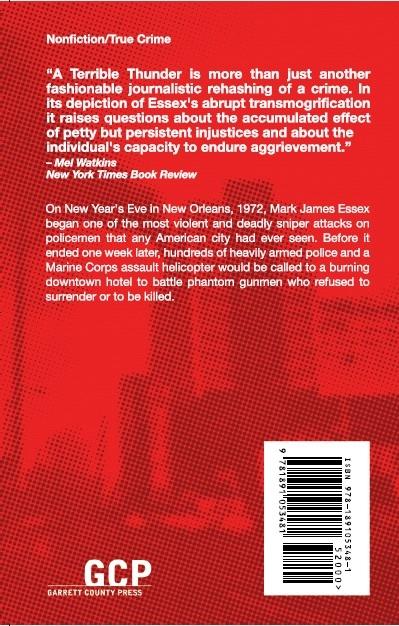
CHOOSE FROM TODAYS MOST EXCITING AUTHORS EVERY ONE AN EVENTFUL ADDITION TO YOUR PERSONAL LIBRARY:
Best of Temp Slave! edited by Jeff Kelly
Guinea Pig Zero edited by Robert Helms
Forty Four Presidents by MZA and Maria Sputnik
Letters From New Orleans by Rob Walker
Living Lost by J. Wood
Leaning with Intent to Fall by Ethan Clark
Even a Daughter Is Better Than Nothing by Mykel Board
Tales of a Punk Rock Nothing by Abram Shalom Himelstein
What the Hell Am I Doing Here? by Abram Shalom Himelstein
Common Folk Illustrated Journal by Common Folk
From Campus to Combat by James Alter
Welcome to the Bethlehem Star Hotel by Ben Granby
Christian Conservative Coloring Book by Kevin Stone
Big Wheel at the Cracker Factory by Kevin Stone
For Here or To Go edited by Leah Ryan
Order online at:
www.gcpress.com
or look for them at your local bookstore.
All rights reserved. Printed in the United States of America. No part of this book may be used or reproduced in any manner whatsoever without written permission from the publisher except in the case of brief quotations and embodied in critical articles and reviews.
Garrett County Press
828 Royal St. #298
New Orleans, LA 70116
www.gcpress.com
Library of Congress Catalog Card Number: 77-76242
1. MurderLouisiansNew Orleans.
2. New OrleansPoliceAssaults against.
ISBN: 1-891053-48-5
9 10
Doubleday edition published 1978
Garrett County Press edition published 2010
Cover design by Kevin Stone
Text design by Gail Carter
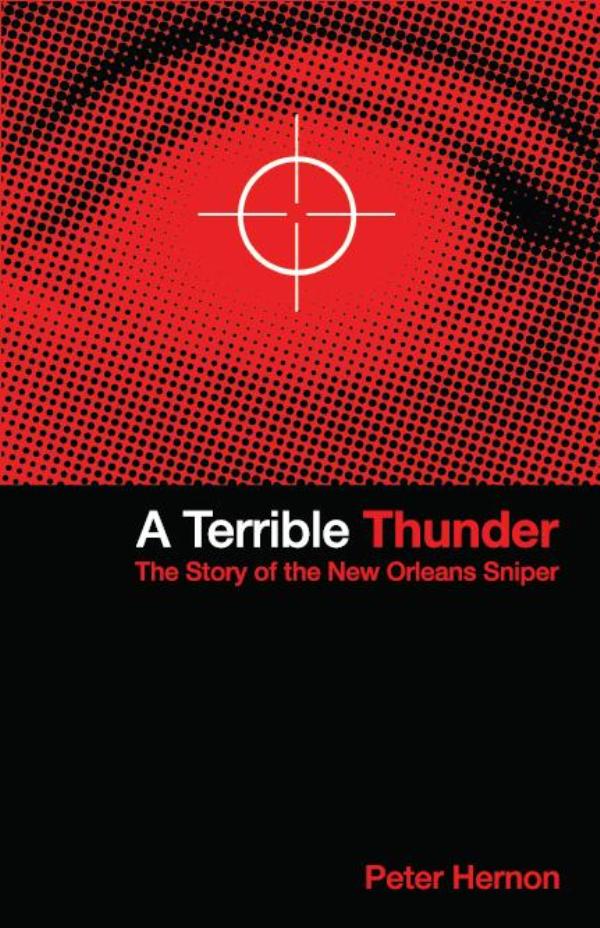
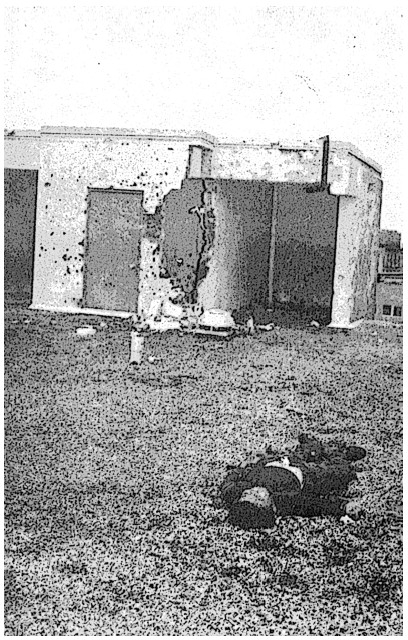
I will fight to gain my manhood or die trying.
Mark Essex
A Terrible Thunder
The Story of the New Orleans Sniper
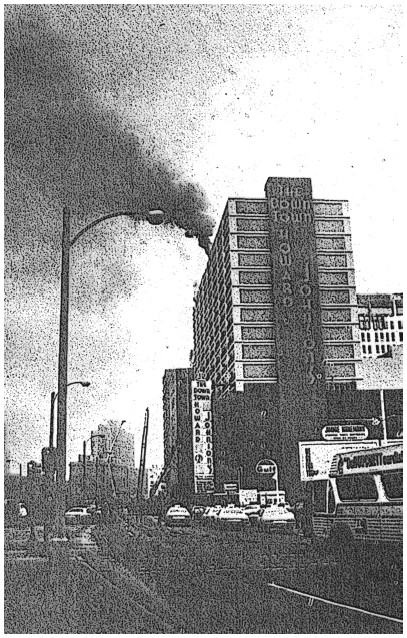
A Terrible Thunder
The Story of the New Orleans Sniper
PART ONE
1
Bruce Weatherford worried about the time as he maneuvered his car onto an exit ramp of the Interstate-10 expressway in New Orleans. It was New Years Eve, the traffic was snaking along bumper to bumper, and Weatherford began to wish that he had left his parents home near the citys lakefront earlier. As midnight neared, their two-story duplex had begun filling up with relatives noisily awaiting the arrival of 1973, and Weather ford had lingered to make another pass at his mothers richly laden buffet table. Now, after driving his fiance home, he was hurrying to make the eleven-oclock roll call at Central Lock up, and he knew that even a few minutes tardiness would be duly noted in his work report. In over a year as a police cadet, that had never happened, and he was proud of his perfect attendance record on the long, monotonous graveyard shift that ended at seven in the morning.
As he pulled onto Tulane Avenue, Weatherford rechecked his watch and happily discovered that he still had ten minutes to relieve his friend Alfred Harrell in the lockups gatehouse. Both cadets were nineteen years old. Their nightly duty involved sitting behind a half-inch-thick plate of bulletproof glass, from which vantage they raised and lowered steel-mesh gates at both ends of a short tunnel called the sally port. From the sally port, prisoners were transferred into the booking room for fingerprinting, mugshots, and lockup. Despite the boredom, Weatherford didnt mind the hours. As a cadet trying to enter the Police Academy, he was required to take a full load of courses at Loyola University, where he was working for a degree in criminology, and the gatehouse detail gave him more than enough time to study for his heavy schedule of classes.
Weatherford turned at Dupre and passed behind Police Head quarters and the adjoining building which housed Central Lockup. The complex covered a city block. Squad cars, motorcycles, and paddy wagons all painted blue and white were parked tightly on both sides of the narrow street. It was almost time for the watches to change, and patrols from NO the Eighth District (the station house was located inside headquarters) were checking in for roll call.
The lockup was to his left, a windowless ten-story structure of gray concrete to the rear of the modern steel-and-glass headquarters. Clusters of police, silhouetted in the bright light of the street lamps, stood talking inside the lockups open gates. Weatherford stopped to let a squad car pull in front of him and then turned onto Perdido Street, looking for a place to park. He drove past a sally-port gate and found a space across the street near a small cottage.
Glancing again at his watch, he saw that he was out of danger. He had a full five minutes left, and so he lingered in the car to listen to the closing seconds of the Sugar Bowl football game which was being played uptown at Tulane Stadium. After learning that Oklahoma had beaten Penn State, Weather ford got out and locked the door. When he turned toward the gatehouse, he could see Harrell sitting behind the green-tinted glass.
What Weatherford didnt know as he crossed the street was that at that same moment, hidden behind him in the darkness, a young black man barely older than himself, was crouched with a rifle braced to fire, the sights aimed at Weatherfords head.
The charge that was to explode that New Years Eve, one hour and five minutes before midnight, had been set almost two years earlier and half a continent away.
2
On a warm August day in 1970 there was a fistfight just outside the mess hall at the sprawling Naval Air Station at Imperial Beach, California. The combatants were Seaman Mark James Robert Essex, a black, and a white petty officer. A racial slur triggered the fight, but the specific details are unknown as are the identities of the white sailors involved. However, based on transcripts of Essexs court-martial and the statements of his A immediate supervisor and blacks who had experienced similar harassment, it is possible to piece together what probably happened.
On that particular day the petty officer, who here shall be called Robert X, had just finished eating and was standing outside the mess hall talking to two other petty officers. Suddenly, he stopped and stared up the walkway where two blacks were approaching.
Next page
